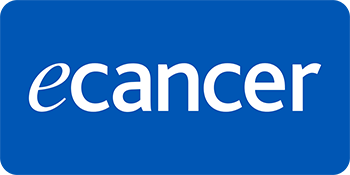Background: Definitive, affordable, and timely diagnosis of cancer is key to providing data for surveillance and control programmes. Care disparities have been shown to contribute to poorer survival, especially in resource-constrained populations. Here, we describe the profile of histologically diagnosed cancers in our hospital and highlight the possible effects of inadequate diagnostic support on data reporting.
Methods: We designed a retrospective cross-sectional descriptive study to review histopathology reports archived at the Department of Pathology of our hospital spanning from January 2011 to December 2022. Cases diagnosed as cancer were retrieved and classified by systems, organs and histology types alongside the patient’s age and gender. The trend in the volume of pathology requests and the corresponding malignant diagnosis yield over the period was also documented. Data generated were analyzed statistically using appropriate statistics and presented as proportions and means, with the level of statistical significance set at p < 0.05.
Results: There were 488 cancers out of 3,237 histopathology requests received within the study period. Of these 316 (64.7%) were females. Overall mean age was 48.8 ± 18.6 years with a peak age at the sixth decade, females being significantly younger (46.1 versus 53.5 years; p < 0.001). The top five cancers were breast (22.7%), cervical (12.7%), prostate (11.7%), skin (10.7%) and colorectal cancers (8%). Among females, breast, cervical and ovarian cancers predominated, whereas prostate, skin and colorectal cancers, were commonest among males in decreasing order. Paediatric malignancies accounted for 3.7% of all the cases, most being small round blue cell tumours. The volume of pathology requests rose remarkably from 95 cases in 2014 to 625 cases in 2022 with a corresponding increase in cancer case diagnoses.
Conclusion: Cancer subtypes and ranking in this study are similar to those from urban populations in Nigeria and Africa, despite the low number of cases recorded. Efforts to reduce the disease burden are warranted.







